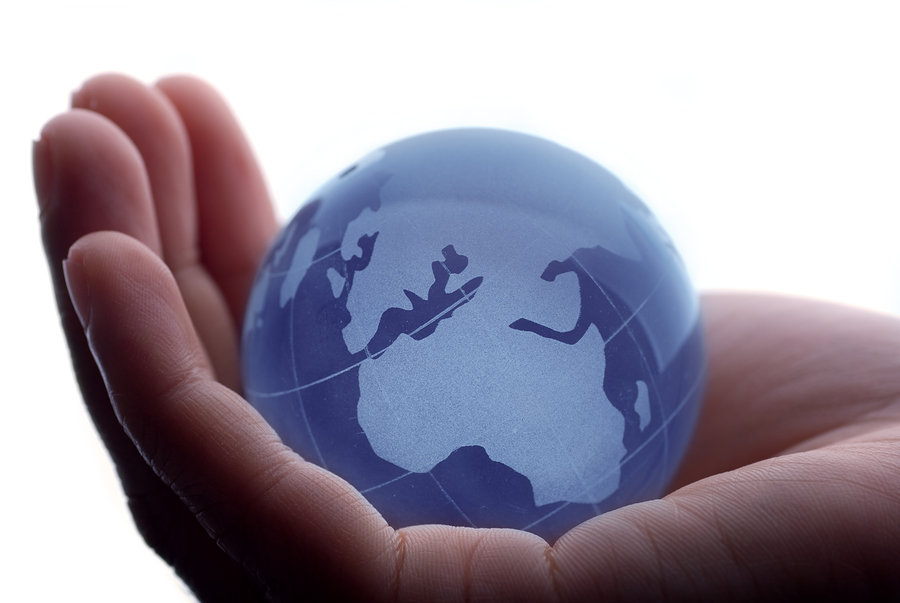It's a Small World After All


In this age of Internet communication and television shows with big budgets, we are reminded that it's a small world after all. What happens in one place, impacts what happens elsewhere. And, we can see that the world is an increasingly sophisticated stage on which to present one's ideas.
In today's world the ability to communicate the idea of reflexology has moved beyond what sells within a limited circle of believers. As shown by the BBC program, when the idea of reflexology moves into a larger circle, a more sophisticated approach is needed to represent the idea. Yesterday's presentation worked fine then but not today. As far as how does reflexology work, the idea of "uric crystals in the feet" was first presented by Eunice Ingham fifty or more years ago. Failing to have a handle on reflexology's history and a credible explanation for how it works is fine for the casually interested but not the professional.
It's time to move on. The whole world is watching. There is a price to pay for reflexology's leap to credibility. That price is spelled out by medicine and professionalism. Medicine demands a mechanism of action, a plausible explanation for the workings of reflexology. Professionalism demands a defined body of knowledge over which the professional has command as well as the discipline to stay within those boundaries.
The information is there to make the jump into this century. How does reflexology work? Research is the by-word. Research shows probable cause for scientific explanations: improved blood flow, relaxation, activation of the brain, pain reduction, and activity of the nervous system. What is reflexology's history? The history is based on the archestructure: a physical need acted out by whole cultures. The benefits of pressure to the feet are spelled out by use of reflexology in cultures around the world and throughout history including Egypt, China, Japan and, more recently, the West. Use in the West was spurred by research into the reflex by Pavlov and others.
© 2008 Kunz and Kunz